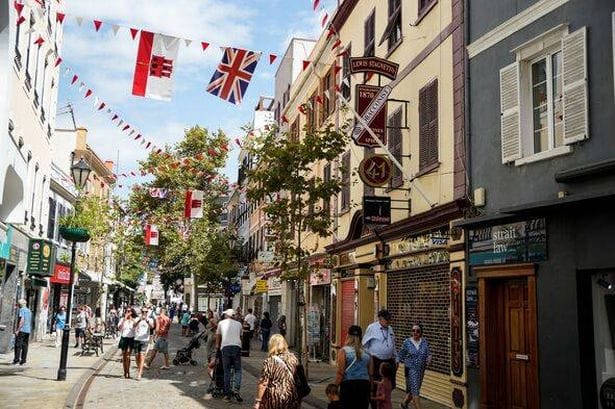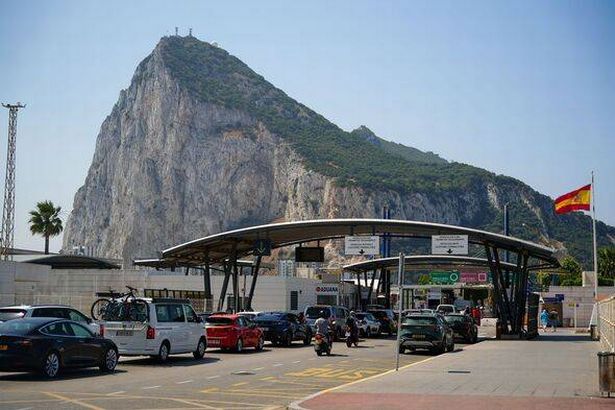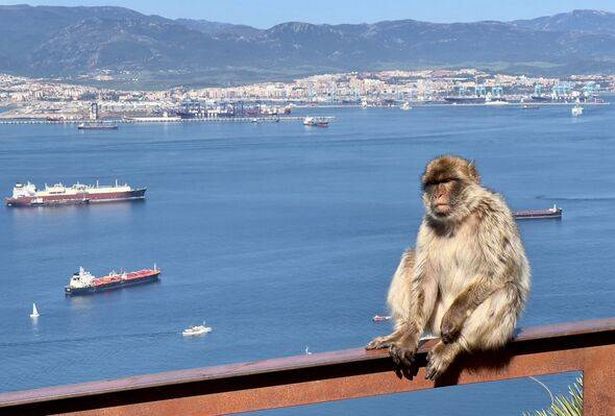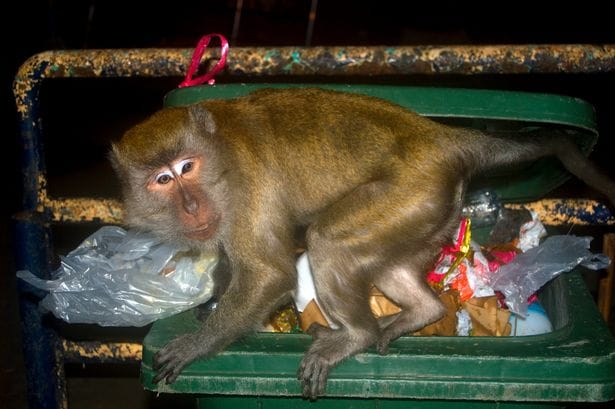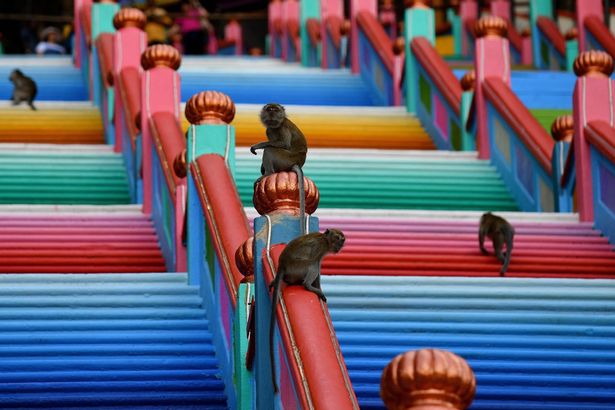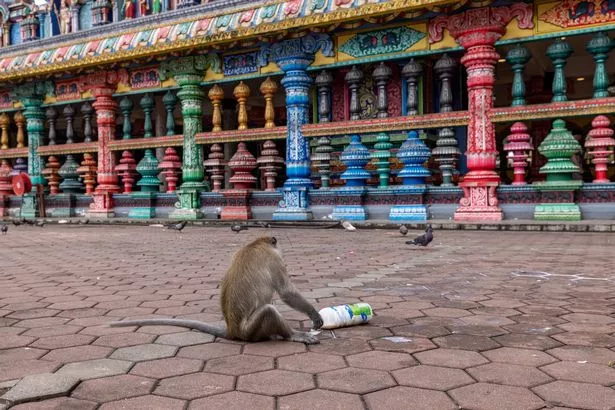The sun-soaked British Overseas Territory is a slice of the UK on the southern coast of Spain – and has been a popular holiday hotspot for Brits looking for a break closer to home
With its iconic red phone boxes, traditional full English breakfasts, and a vintage-style M&S, it’s like stepping into a 1970s British high street. But this isn’t a charming village in the English countryside – it’s Gibraltar.
Nestled on Spain’s southern coast, this British Overseas Territory offers all the home comforts of the UK, with just a few hints – such as scorching sunshine and a wandering monkey population – to remind visitors they’re over 1,000 miles from Blighty.
Gibraltar is home to familiar brands like Morrisons, Costa Coffee and Card Factory, while locals enjoy hearty roasts, afternoon tea and other British favourites, according to MailOnline.
Earlier this week, the UK reached a landmark agreement with the EU, securing a ‘fluid’ border with Spain – meaning travellers can cross the land border without checks, paving the way for a long-awaited post-Brexit deal.
READ MORE: Brits swap traditional dates for ‘extreme day trip’ jet-set romanceREAD MORE: British holidaymakers will avoid long airport queues after border deal agreed
However, those entering via land will enjoy seamless travel, anyone flying into Gibraltar from the UK will face two checks – one by local Gibraltarian authorities and a second by the Spanish acting on behalf of the EU, as the land border provides direct access to Europe’s Schengen area, reports the Express.
Despite the updated arrangement, the UK and Gibraltar have been quick to emphasise it does not affect the territory’s sovereignty. Locals still use the British pound and hold UK passports, even though they’re closer to Morocco than Manchester.
Gibraltar could soon be a rising star in holiday destinations, with airlines considering new international routes to the British overseas territory. It promises visitors a unique blend of British charm and Mediterranean flair, as evidenced by countless TikTok expat and local creators.
Meg Leigh, a Yorkshire lass turned Gibraltarian, has been documenting her sun-kissed adventures on TikTok for four years, giving followers a peek into her idyllic life that includes seaside strolls and monkey meet-ups.
In a viral TikTok video, Meg reveals her love for her adopted home: “I wouldn’t move back to the UK. Four years on and I own my house, have a job for life and better quality of life. Three years later and as much as I miss my family & friends, I love my life in Gib,” while cautioning that Gibraltar can be “super expensive” and recommending job security before relocating.
With Rightmove noting an average housing price at a steep £491,867 due to high demand and import costs, residents are feeling the financial impact, albeit tourists remain cushioned from this with no currency exchange worries and duty free shopping for luxuries like jewellery and perfume.
Another popular TikToker, Hannah (@lidbetterlidbetter) from the south of England, is racking up millions of views with snippets revealing her daily existence in this sunny sliver of Britain.
“It’s like the UK but actually in the sun,” she joked in one viral video, showcasing marching bands, traditional phone boxes, and familiar high street brands – not to mention sandy beaches, dolphin-watching excursions, and Gibraltar’s notorious monkeys.
“Welcome to living in the UK but in the sunshine,” she declared in another snippet.
She pointed out that while you’ll come across a McDonald’s, Burger King and Costa, the menus might vary – and that most locals are bilingual, blending English and Spanish in their daily chat.
“It’s small! But a real sense of community and excellent school and health systems,” she continued.
Perhaps the most peculiar feature?
The airport.
Hannah captured the moment cars paused to cross the runway, which oddly cuts through a main road. Traffic is stopped until planes have taken off or landed, before vehicles are given the green light to drive over.
“One of the craziest things about Gibraltar is probably the whole runway, airport scenario. It’s honestly so bizarre,” she remarked.
